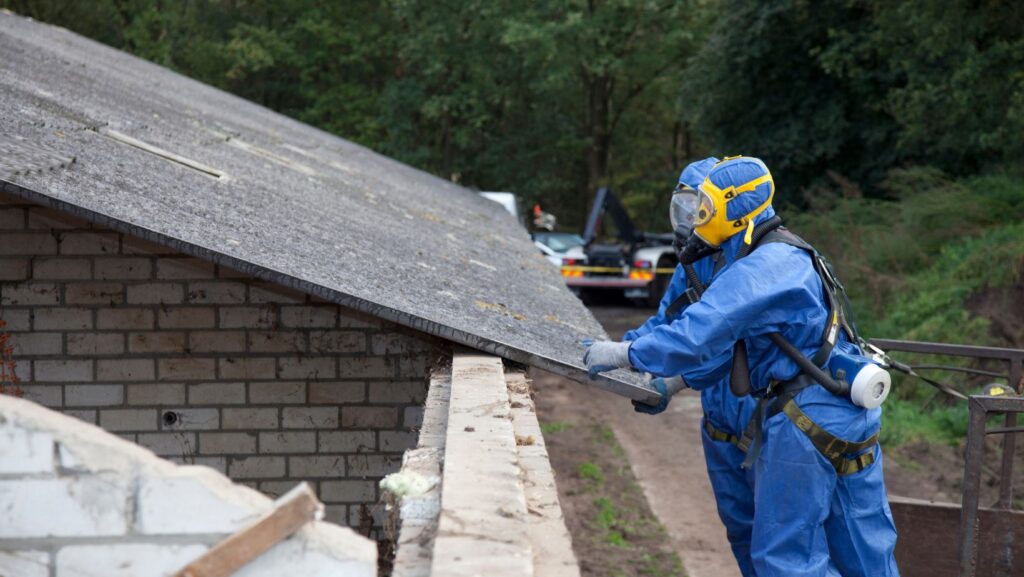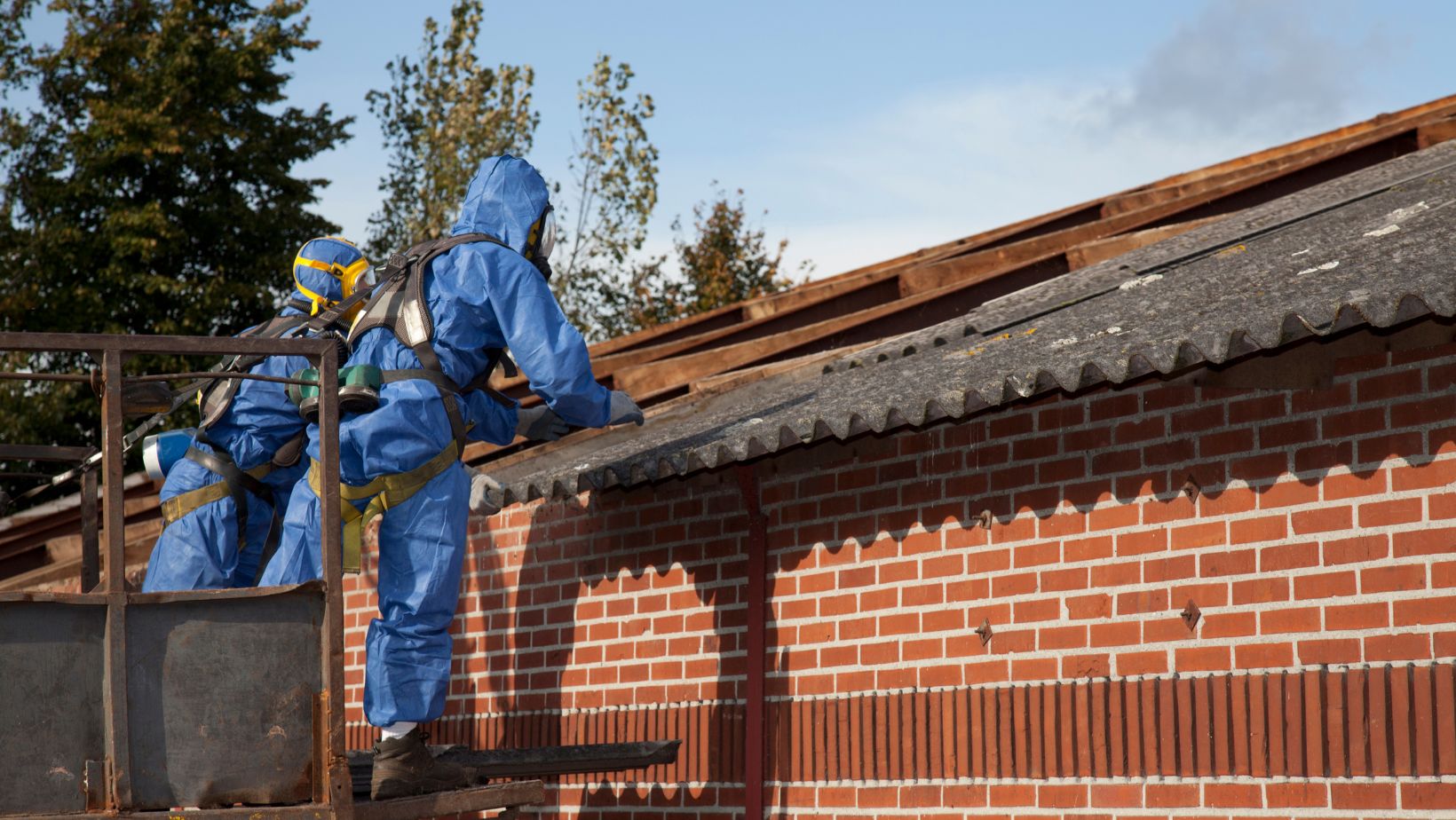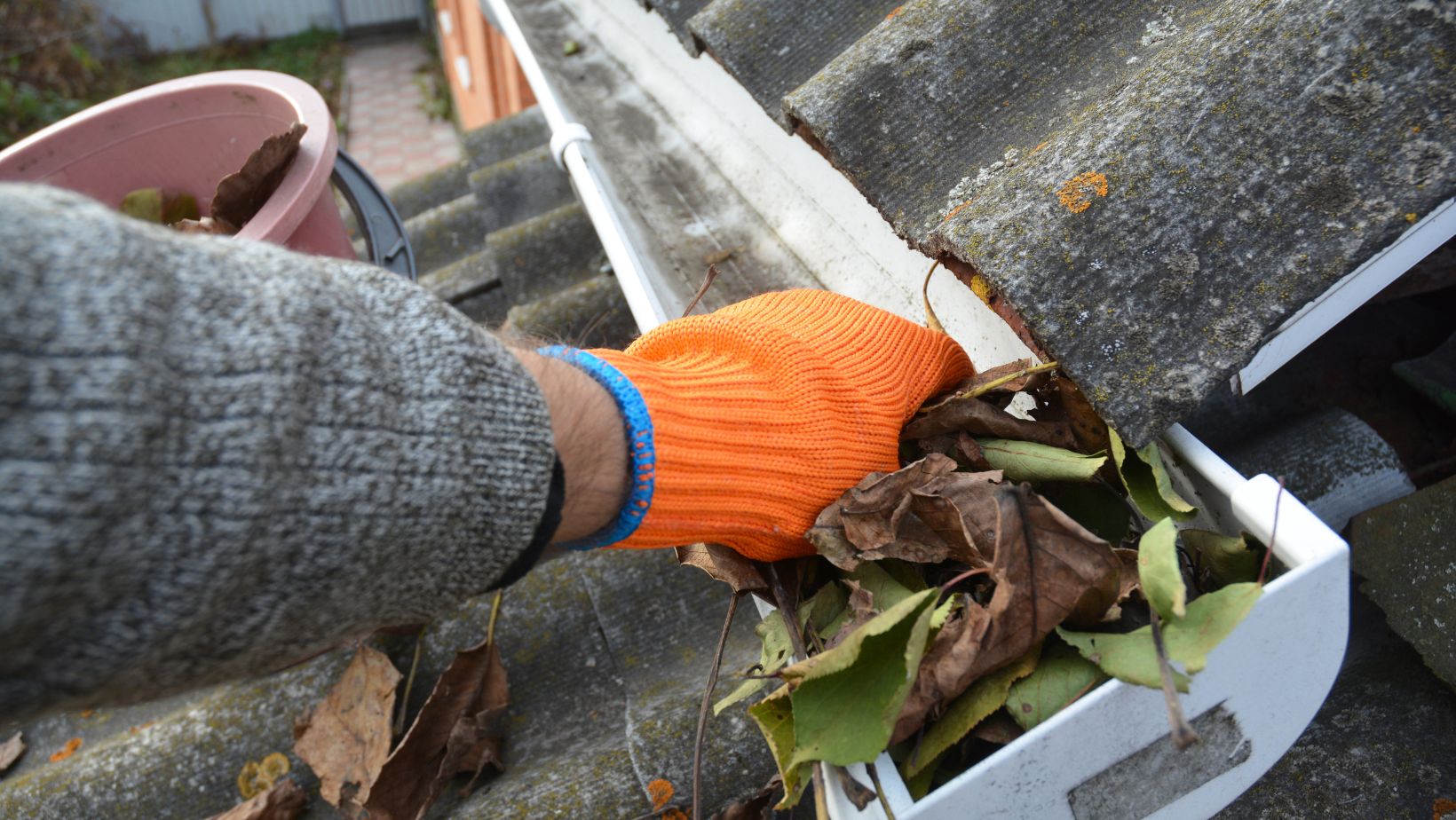
Asbestos was once a commonly used material in construction due to its durability, fire resistance, and insulating properties. However, the health risks associated with asbestos have been well-documented, leading to its ban in Canada in 2018. Despite this, many older homes and buildings in Calgary, especially those built before the 1990s, may still contain asbestos in various forms.
For homeowners and property managers, understanding the hidden dangers of asbestos and how to address them is critical to maintaining a safe and healthy living environment. This article explores the risks associated with asbestos, where it is commonly found in older homes, and the importance of professional removal.
Understanding the Risks of Asbestos
Asbestos fibers are microscopic and, when disturbed, become airborne. Once inhaled, these fibers can become lodged in the lungs, leading to serious and potentially fatal health conditions. Prolonged exposure to asbestos can result in:
- Asbestosis: A chronic lung disease caused by inhaling asbestos fibers, leading to lung scarring and difficulty breathing.
- Lung Cancer: Asbestos exposure is a leading cause of lung cancer, especially among those who have had prolonged contact with the material.
- Mesothelioma: A rare and aggressive cancer that affects the lining of the lungs, abdomen, or heart, almost exclusively caused by asbestos exposure.
According to the Canadian Cancer Society, approximately 2,000 Canadians are diagnosed with asbestos-related cancers each year, making it one of the leading causes of occupational cancer in the country.
Where Asbestos is Commonly Found in Older Calgary Homes
Many homes in Calgary built before the 1990s were constructed using materials that contained asbestos. While asbestos is generally safe when left undisturbed, any renovations, demolition, or wear and tear can release harmful fibers into the air.
Common locations where asbestos may be found include:
1. Insulation
Asbestos was widely used as an insulating material due to its heat resistance. It is commonly found in attic insulation, wall cavities, and around pipes and boilers. Vermiculite insulation, often found in attics, is particularly notorious for containing asbestos fibers.
2. Flooring Materials
Vinyl floor tiles, sheet flooring, and adhesives used in older homes often contain asbestos. Removing or disturbing these materials during renovations can release dangerous fibers.

3. Ceiling Tiles and Textured Coatings
Popcorn ceilings, textured paint, and acoustic tiles installed before the 1990s frequently contained asbestos. Any attempt to scrape, sand, or remove these materials can create airborne hazards.
4. Drywall Joint Compound
Joint compounds used in drywall installations prior to the 1990s often contained asbestos. Sanding or demolishing drywall can release asbestos fibers, posing a risk to anyone in the vicinity.
5. Pipe and Duct Insulation
Asbestos was commonly used to insulate heating systems, pipes, and ducts in older homes. When these materials deteriorate or are disturbed, they can release asbestos particles into the air.
Why Asbestos Should Be Professionally Removed
Identifying and removing asbestos is not a DIY task. Disturbing asbestos-containing materials can release thousands of microscopic fibers into the air, putting occupants and workers at risk. Professional asbestos removal in Calgary involves following strict safety protocols to ensure that asbestos is properly contained and safely removed.
The Importance of Professional Inspections
Before starting any renovation or demolition project in an older Calgary home, it is essential to conduct an asbestos inspection. Licensed professionals can assess the property, identify materials that contain asbestos, and recommend the appropriate course of action.
The Legal Obligations of Homeowners and Property Managers
In Alberta, strict regulations govern asbestos management to protect public health and safety. Homeowners and property managers are legally responsible for ensuring that asbestos-containing materials are handled and removed safely. Failure to comply with these regulations can result in legal penalties and significant health risks.
According to Alberta’s Occupational Health and Safety (OHS) Code, any renovation or demolition work in a building suspected of containing asbestos must be preceded by a hazard assessment and conducted by certified asbestos professionals.
Steps to Take if You Suspect Asbestos
If you suspect your home may contain asbestos, follow these steps to protect yourself and your family:
- Do Not Disturb: Avoid any actions that could disturb potential asbestos-containing materials.
- Contact a Professional: Schedule an inspection with a licensed asbestos abatement company to assess the situation.
- Plan for Safe Removal: If asbestos is confirmed, develop a plan for professional removal and disposal that complies with provincial regulations.
Conclusion
The dangers of asbestos in older Calgary homes should not be underestimated. Asbestos exposure can lead to serious, life-threatening health conditions, making it essential for homeowners and property managers to take proactive steps to identify and address any risks. Professional asbestos inspection and removal ensure that renovations and repairs are conducted safely, protecting both the property and its occupants.

For peace of mind and expert assistance, consult with a certified asbestos abatement company like Wise Abatement to safeguard your home and your family.












